Match the activity given in Column I with the type of pollution created by it given in Column II.

The correct Answer is:A. →(5) , B. →(4), C. →(1) , (D) →(2) , (E ) →(3)
A. Classical smog, acid rain, water pollution, induce breathing problems, damage to buildings, corrosion of metals.
B. May cause nerve disease in human.
C. Water pollution.
D. Photochemical smog, damage to plant life. Corrosion to building material, induce breathing problems, water pollusion.
E. Damaging ozone layer.
Topper's Solved these Questions
- ENVIRONMENTAL CHEMISTRYBOOK - NCERT EXEMPLAR ENGLISHCHAPTER - ENVIRONMENTAL CHEMISTRYEXERCISE - Assertion And Reason
7 Videos
- ENVIRONMENTAL CHEMISTRYBOOK - NCERT EXEMPLAR ENGLISHCHAPTER - ENVIRONMENTAL CHEMISTRYEXERCISE - Long Answer Type
5 Videos
- ENVIRONMENTAL CHEMISTRYBOOK - NCERT EXEMPLAR ENGLISHCHAPTER - ENVIRONMENTAL CHEMISTRYEXERCISE - Short Answer Type
18 Videos
- CLASSIFICATION OF ELEMENTS AND PERIODICITY IN PROPERTIES.BOOK - NCERT EXEMPLAR ENGLISHCHAPTER - CLASSIFICATION OF ELEMENTS AND PERIODICITY IN PROPERTIES.EXERCISE - Long answer types question
7 Videos
- HYDROCARBONSBOOK - NCERT EXEMPLAR ENGLISHCHAPTER - HYDROCARBONSEXERCISE - Long Answer Type Questions
4 Videos
Similar Questions
Match the polymers given in column I with the type of linkage present in them given in column II
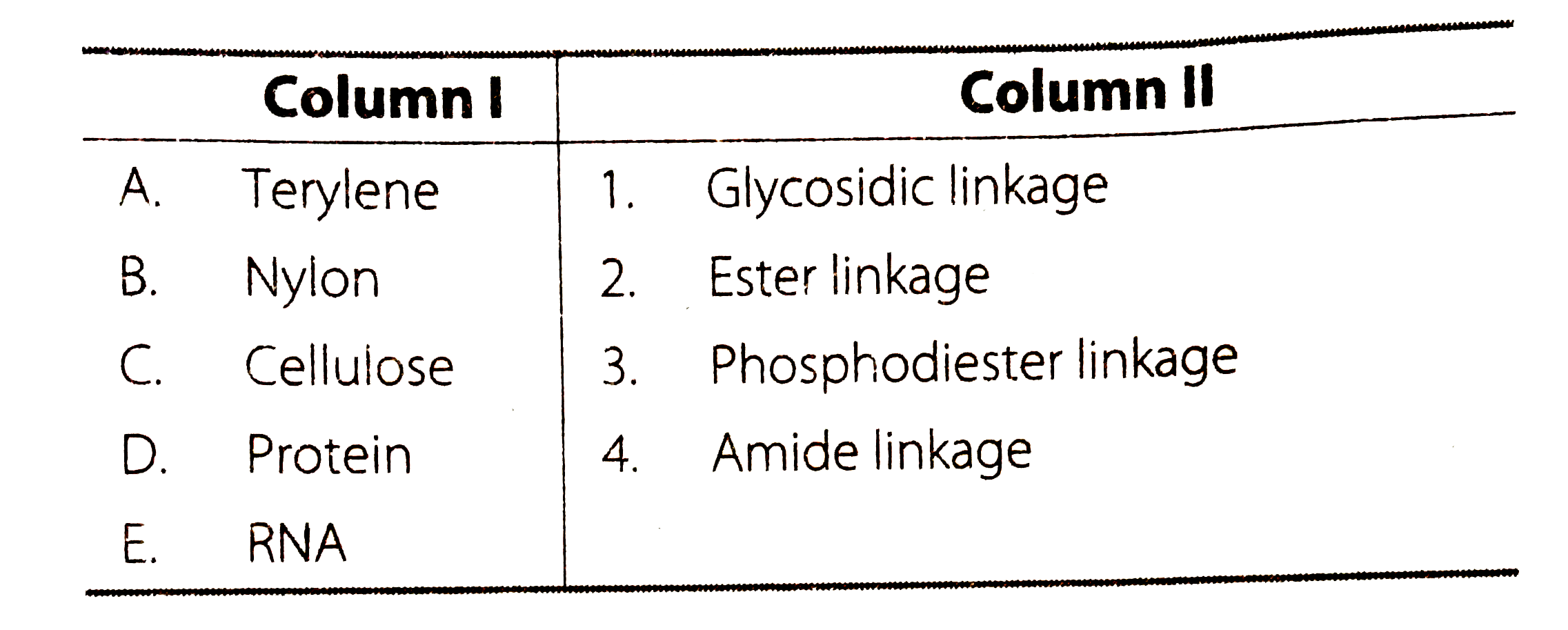
View SolutionMatch structures given in Column I with the type of detergents given in Column II.
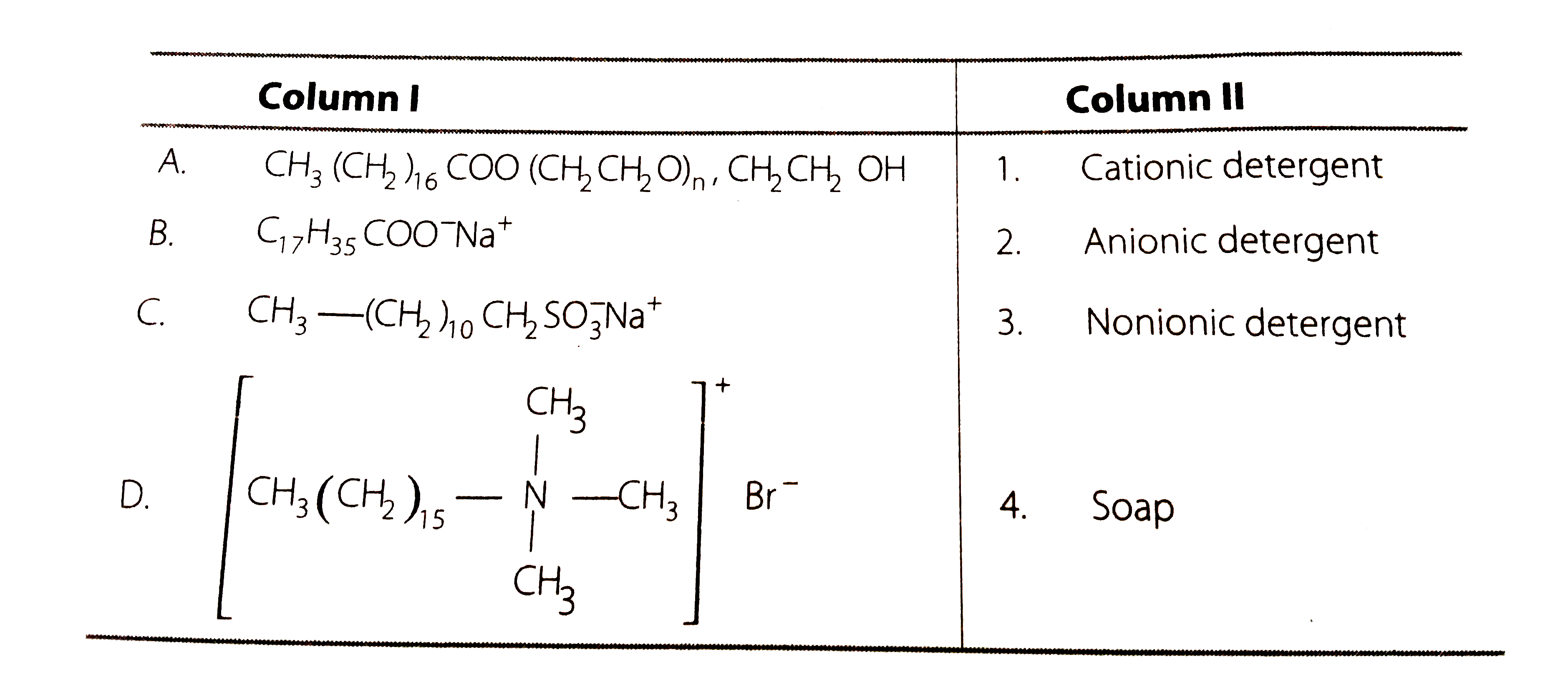
View SolutionMatch the reactions given in Column I with the type of reactions given in Column II
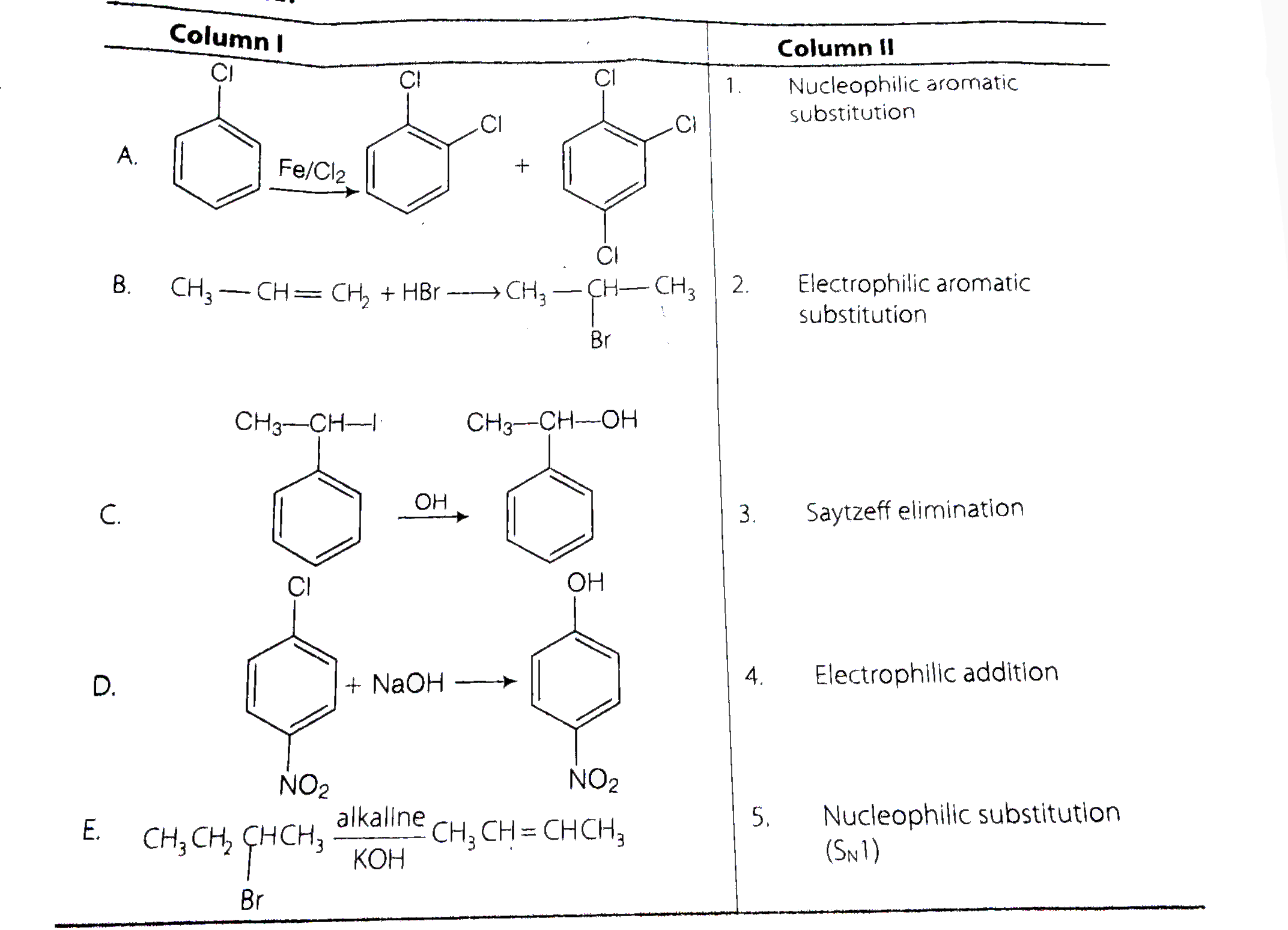
View SolutionMatch the formulas of oxides given in Column I with the type of oxide given in Column II and mark the correct option.
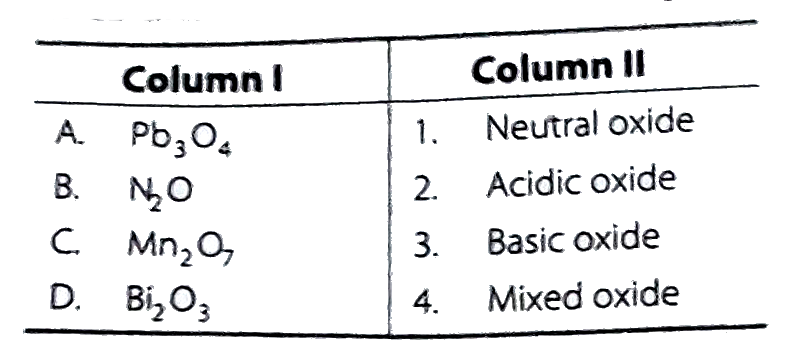
View SolutionMethod of formation of solution is given in Column I. Match it with the type of solution given in Column II.

View SolutionMatch the reactions given in column I with the type of reaction mentioned in column II and mark the appropriate choice
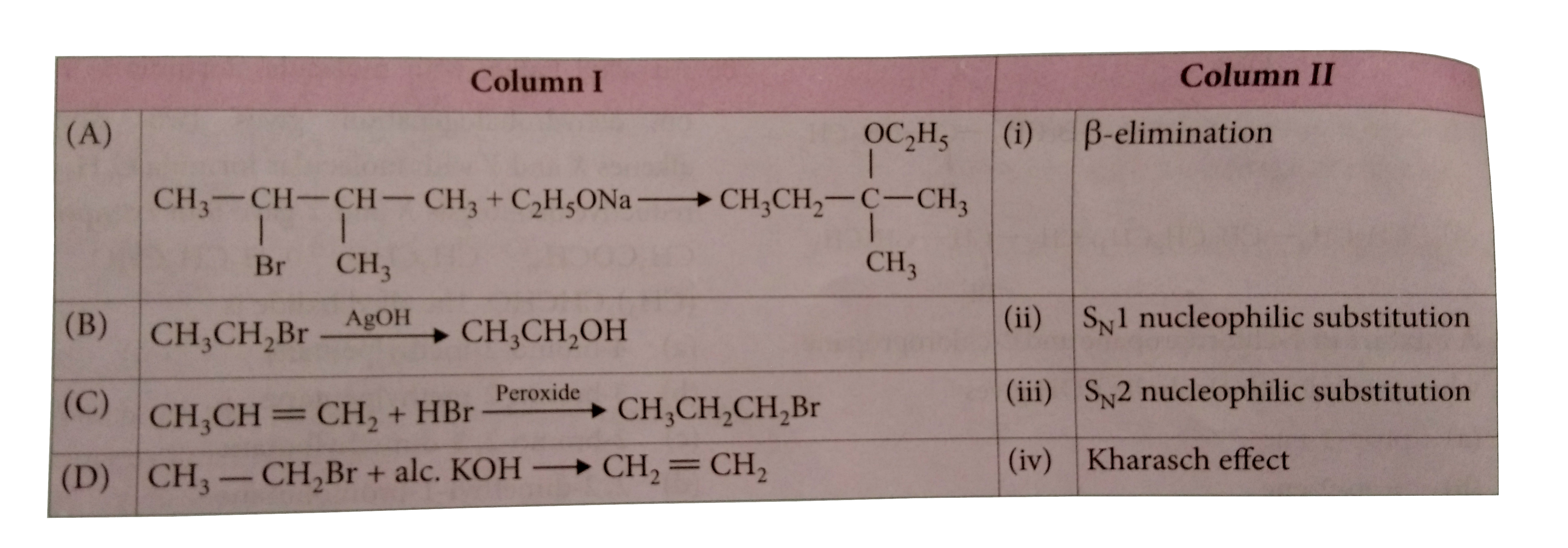
View SolutionMatch the structures given in Column I with the names in Column II
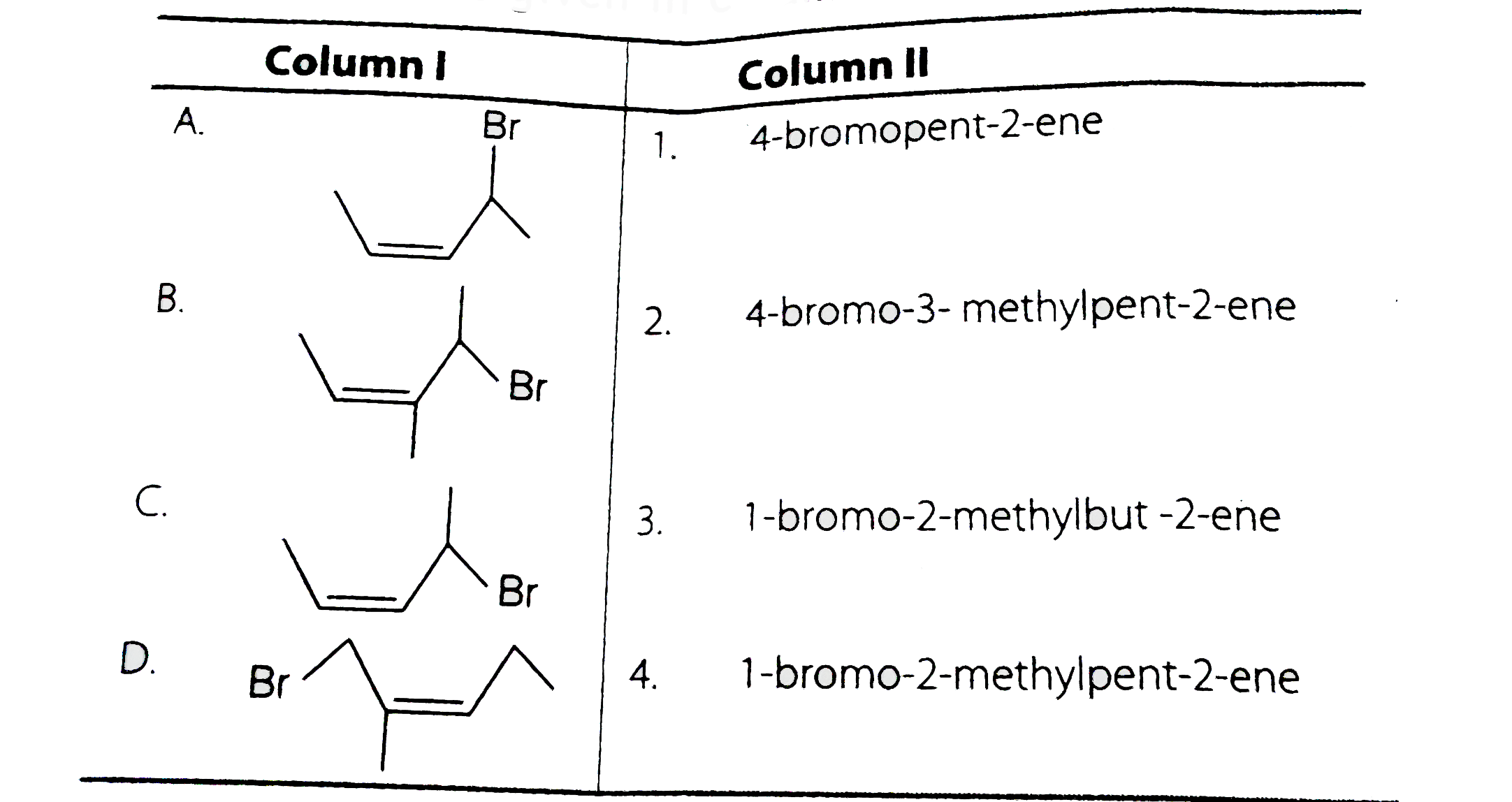
View SolutionMatch the soaps given in Column I with items given in column II.
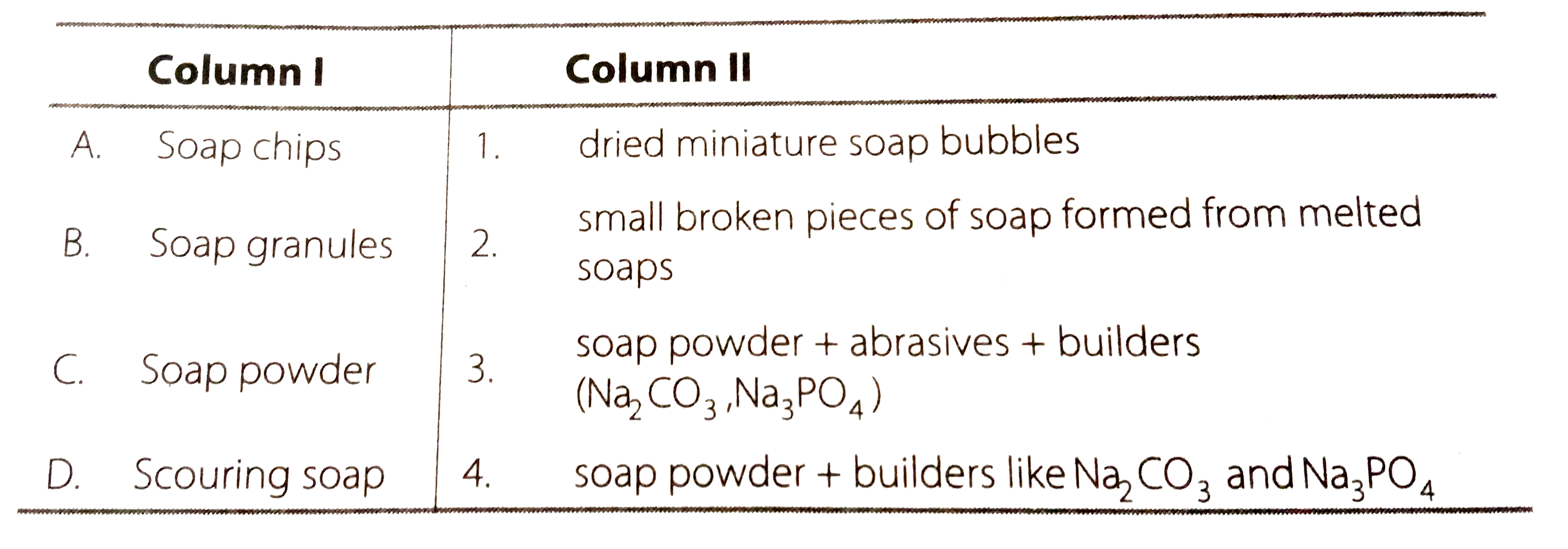
View SolutionMatch the reactions given in Column I with the reaction types in Column II.

View SolutionMatch the salts given in Column I with their . method of preparation given in Column II :

View Solution
